Since I were a kid, I have always loved three things, acoustically speaking: ambient noise, atonality in soundtracks and marching bands. I have always been very receptive to sounds and noises of the city, and to sounds of nature as well, especially when they emerge from the sonic tissue of the urban environment. In addition to this, I’ve always liked soundtracks that use atonality to suggest tension or suspense (a good example of this are some parts of Toshiro Mayuzumi’s soundtrack to John Huston’s “The Bible”). Then, marching bands. When I were a boy I used to follow marching band at town festivals, and even today I love the sound, always a little out of tune, of these ensembles. I started writing pieces for marching bands, without the necessary knowledge to do it… Then I discovered and learnt all the rest. These three elements flowed into my education as a musician, and I think that also in my mature output they emerge, now and then…
I have always liked less-known instruments and instruments with unusual ranges. Actually, I really am attracted to the “rare birds” within a family or a group, because I think that if you look at the unusual and the less-known, sometimes you can find hidden jewels.
If I could sum my music up in three words, I would say: Lateral Sound Assemblage (the acronym is nice, L.S.A.). I mean Lateral thinking applied to the art of putting sounds together (it’s never useless to remember that the word “composition” originates from “cum ponere”, “to put together” or “to generate”). If you consider the definition of “Lateral thinking” and add the adjective “musical” to the word “problems”, you will have a quite appropriate definition of my musical aesthetics. Let’s try: “Lateral thinking is solving (musical) problems through an indirect and creative approach, using reasoning that is not immediately obvious and involving ideas that may not be obtainable by using only traditional step-by-step logic”…
In fact, Mauro Sambo, a Venetian artist and musician, calls me a “lateral musician”…
